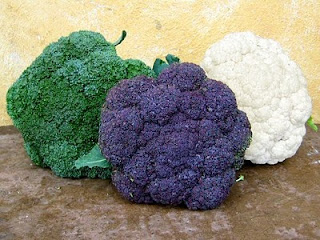In June we took a trip to the Shades of Green Nursery in Charlton. This is a private home whose owner has such a love of gardening that as she refurbished the shady woods where the house is located, she opened it up to the public and now sells many shade plants. It is truly a delightful place and one I would recommend to you all. It was a lovely way to finish our 2009/2010 year and now we take a couple of months off to enjoy the summer.
Still there are a few tasks that need to be done in the garden. We need to make sure our veggie gardens get an inch of water a week and keep them weeded. A two inch layer of mulch is an excellent idea now. You can use compost, leaves or grass clippings. You can also leave the grass clippings on the lawn – if you do this it provides nutrients to the soil and cuts down on the need for fertilizers. It does not promote thatch to leave the clippings. Though if you have very tall grass – such as cutting down a previously unmowed field, you would probably want to rake up the clippings. They would be too heavy and can smother the grass after it is cut. Try to maintain an even cut length of three inches during the year. This helps shade out weeds and encourages the plants to grow longer roots.
Continue to dead head annuals to encourage blooming. Deadhead perennials too, in some plants you will get new blooms and for those that don’t rebloom you will stop the plant wasting energy going into seed the slight bulge at the base of the flower and when all the flowers are gone from a particular stalk (called a scape) cut the scape down.
You should give your last pinch to chrysanthemums and asters by mid July, let them continue to branch and you will have a great show later on. Iris can be divided towards the end of the month or just cut the fans down to about six inches to neaten them up.
Did you scour your bird feeders after winter? A mix of one part bleach to nine parts water will sanitize them. Leave them out in the air for an hour to let the chlorine dissipate.
Your bird baths should be cleaned on a regular basis during the summer. If you have a bath set aside for the butterflies and other insects these can be left alone. They thrive on a mixture of wet manure and rotted fruit. I use a shallow basin in which I put several large flat stones. Then I dissolve part of a mineral block in water to give the insects the salts they need and add in any old pieces of fruit I find.
As the fruit rots down, the insects just love it. Japanese beetles are back. At this time of year the best control is to hand pick them and put them in a bucket of water. I’ll talk more about this pest next month.
Now is the time to start thinking about your fall veggies. Start cole crops such as broccoli, cauliflower and cabbage that you can plant out around the first week of August so that they will mature just as we get the first frosts. All these plants do well in the cooler weather and actually taste better after a frost. You can get another harvest of green beans if you plant a row in July and continue to seed lettuce and radish for
later harvests.
If you lucky enough to have rich healthy soil you won’t need to fertilize, however, if not, you can give your tomato plants a dose of 5-10-5 to help them throughout the season. Remember that it is the middle number that encourages good fruit production.
So far we have seen no signs of late blight in New York State though it has been seen in northern Pennsylvania. Cornell University is watching this situation closely and will issue advisories if/when they recommend using a fungicide preventatively. I have seen some early blight so do keep a close eye on these plants. Home grown tomatoes are fantastic but sometimes they can be difficult plants to raise!
Call the Master Gardener hotline to keep abreast of the latest alerts from Cornell U.
The Garden Club will meet again in September.
If you would like to join us or have a question, please drop us a line at PO Box 675, Northville, NY 12134.
http://www.visitsacandaga.com/sacandaga_garden_club.htm






No comments:
Post a Comment